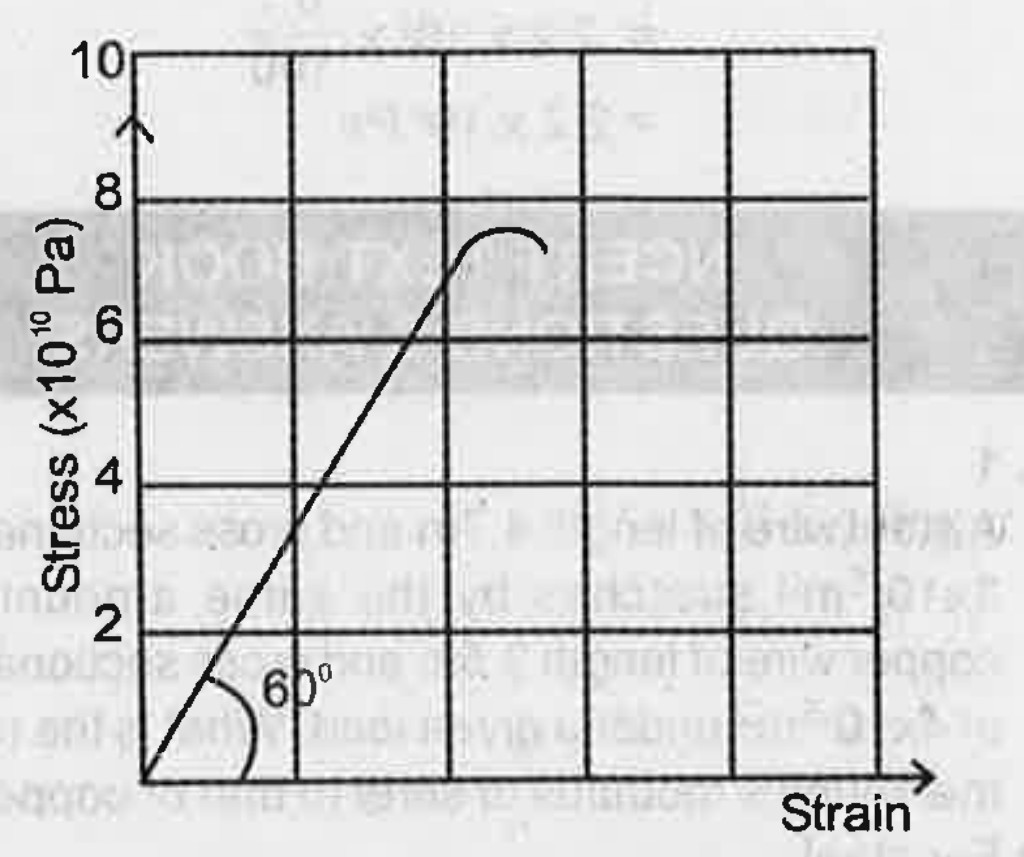Answer
Step by step text solution for Elasticity is the property of a body by which it regains its original state on the removal of the deforming force. The figure given below shows the stress-strain curve for a given material. What are the Youngs modulus and approximate yield strength for this material? by PHYSICS experts to help you in doubts & scoring excellent marks in Class 11 exams.
|
Topper's Solved these Questions
MECHANICAL PROPERTIES OF FLUIDS
MAXIMUM PUBLICATION|Exercise EXERCISE |144 VideosView PlaylistMOTION IN A PLANE
MAXIMUM PUBLICATION|Exercise Example |7 VideosView Playlist
Similar Questions
Explore conceptually related problems
Knowledge Check
A
B
C
D
Submit
A
B
C
D
Submit
A
B
C
D
Submit
Similar Questions
Explore conceptually related problems
MAXIMUM PUBLICATION-MECHANICAL PROPERTIES OF SOLIDS-EXERCISE
- Elasticity is an internal property of matter. Fluids possess volume el...
03:19
|
Play - Elasticity is the property of a body by which it regains its original ...
04:26
|
Play - Elasticity is the property of a body by which it regains its original ...
03:08
|
Playing Now - When the pressure on a shpere s increased by 80 atmospheres, its volum...
03:23
|
Play - When a mass is suspended on a metallic wire, the length of the wire in...
02:10
|
Play - Draw the stress-strain graph of a loading wire. Mark the following poi...
04:02
|
Play - When a mass is suspended on a metallic wire, the length of the wire in...
04:02
|
Play - When a wire is stretched with a very large force it breaks. Represent ...
07:37
|
Play - When a wire is stretched with a very large force it breaks. Discuss th...
07:34
|
Play - When a wire is stretched with a very large force it breaks. State Hook...
04:39
|
Play - Elasticity is the property of a body by which it regains its original ...
04:26
|
Play - Hooke's law states that stress alpha strain. What is the necessary con...
01:45
|
Play - Stress - Strain graph of two materials is shown below: State the law w...
01:41
|
Play - Match the following
01:33
|
Play - The graph below shows how the force applied to a metal wire is related...
04:33
|
Play - Name the law relating stress and strain.
02:38
|
Play - Calculate the stress developed in a metal wire when it is strained by ...
02:47
|
Play - Elasticity is the property of a body by which it regains its original ...
04:26
|
Play - A rigid body is a body with a perfectly unchanging shape under the inf...
01:53
|
Play - Young's moduli of three materials are given in the above table. Select...
01:20
|
Play
